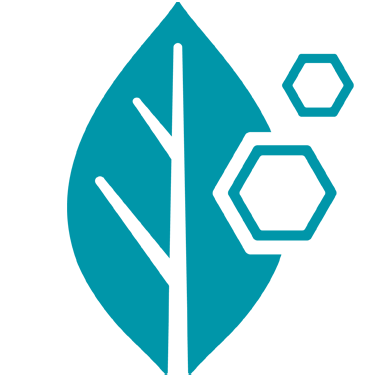
- Health hub/
- Guide To Protecting Your Nails, Hair And Skin/
- Hyaluronic Acid: What it is and why it is important?


There is one substance that is naturally made in our body which is great at retaining water. What is this? Hyaluronic acid - a clear, slippery substance, which is one of the skin’s major structural constituents and is mainly found in the eyes, joints and skin.1
Most likely, you have seen this ingredient splashed across many product labels when shopping for skincare.
With its power to retain moisture and water being such an important ingredient for skin hydration, it's no wonder this ingredient is becoming more popular. This is because as we age, the production of substances in our skin that keep our skin plump, pliable, firm and hydrated, like hyaluronic acid, decreases. This often leads to visible signs of ageing, such as fine lines, wrinkles and sagging.
What is hyaluronic acid made of?
Hyaluronic acid is a sugar consisting of a long chain of molecules. It can come in different-sized molecules with an exceptionally high ability to bond to water.
Aside from being a natural substance found in our bodies, it can be produced via a process of fermentation often known as sodium hyaluronate - the salt form of hyaluronic acid.
What are some benefits of hyaluronic acid
As a nutrient, hyaluronic acid’s main benefit is to support skin health. Its ability to attract and retain water helps keep skin plump, providing a dewy glow, which may reduce the appearance of fine lines and wrinkles. It has a low molecular weight, which allows it to target the underlying layers of the skin.
It also helps skin structure as it is naturally occurring in the skin's connective tissue, making it more elastic and flexible, contributing to youthful-looking skin.
Foods for youthful-looking skin
In addition to implementing hyaluronic acid into your skincare regime 2, you can supplement for improved results with foods that can nourish from the inside for more youthful and radiant-looking skin.
Vitamin A
Foods that contain vitamin A, also called retinol, can aid skin cell turnover for rejuvenating effects.
As an antioxidant, it can help protect skin cells from damage and premature skin aging.
There are two forms of vitamin A. One is retinoids, which are from animal sources. The other group, carotenoids, comes from red, yellow or orange-coloured fruits and vegetables. For example, carrots contain beta-carotene. The body converts beta-carotene to vitamin A.
Collagen-rich foods
Collagen is a protein found throughout our body, including connective tissues, skin, and bones. It provides structure, hydration, strength and firmness to our skin. However, as age increases, its production also reduces, contributing to wrinkles. Eating certain foods may help stimulate its production.
This includes bone broth, which draws collagen out of meat bones, leaving a soup of nutrients, including collagen. Opt for homemade bone broth where possible. Choose fish where you will eat the bones and the skin, where fish collagen is most concentrated. 3Vitamin C-rich foods
In addition to promoting collagen production, vitamin C-rich foods are antioxidants that combat free radicals from the external environment, such as UV rays from the sun, which can contribute to early signs of ageing.
Berries, oranges, and broccoli are all great sources of vitamin C.
Protein
As collagen is made from protein amino acids, eating foods high in this macronutrient can help produce collagen. Foods high in protein include meats, dairy and nuts.
Water
Water and foods that contain high levels of water, such as watermelon and cucumber, will help you stay adequately hydrated on the inside for your body to function and for your skin to look moisturised, soft and supple.
REFERENCES Hyaluronic Acid, Cleveland Clinic, accessed 5 February, 2025, https://my.clevelandclinic.org/health/articles/22915-hyaluronic-acid Jafari H, Lista A, Siekapen MM, Ghaffari-Bohlouli P, Nie L, Alimoradi H, Shavandi A. Fish Collagen: Extraction, Characterization, and Applications for Biomaterials Engineering. Polymers (Basel). 2020 Sep 28;12(10):2230. doi: 10.3390/polym12102230. PMID: 32998331; PMCID: PMC7601392.https://www.health.harvard.edu/blog/the-hype-on-hyaluronic-acid-2020012318653#:~:text=What%20is%20hyaluronic%20acid?,volume%2C%20hydration%2C%20and%20plumpness.




